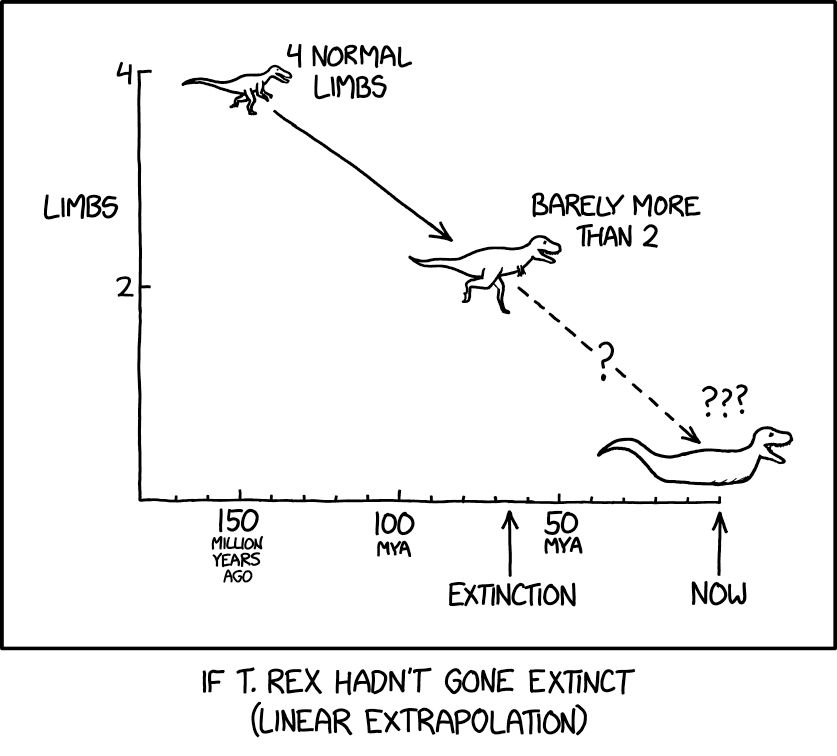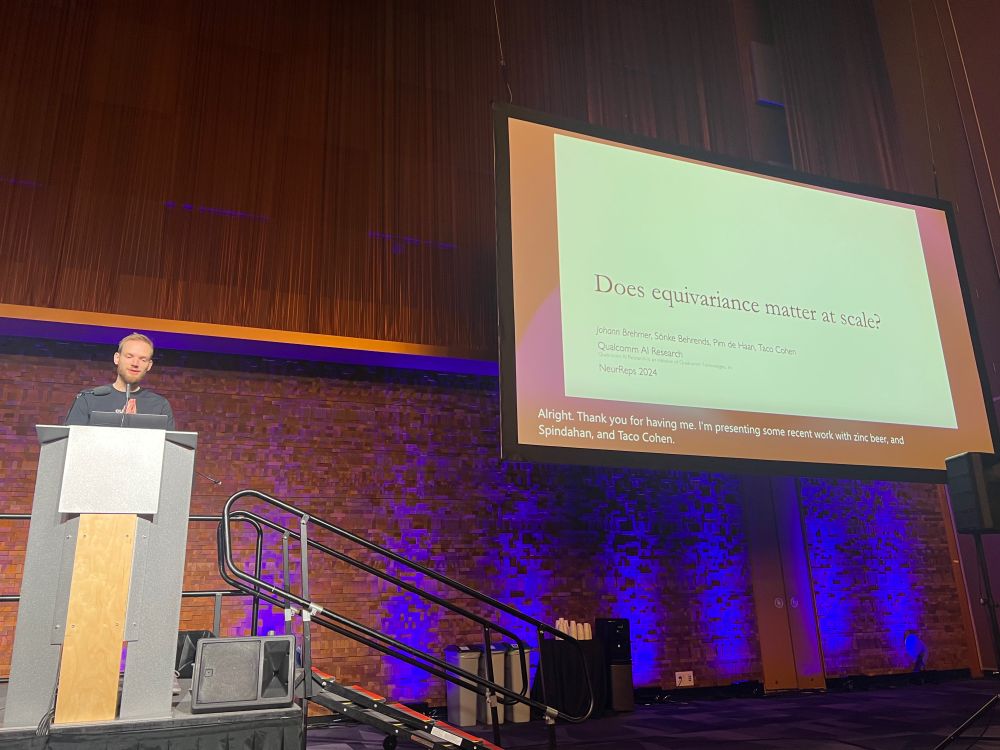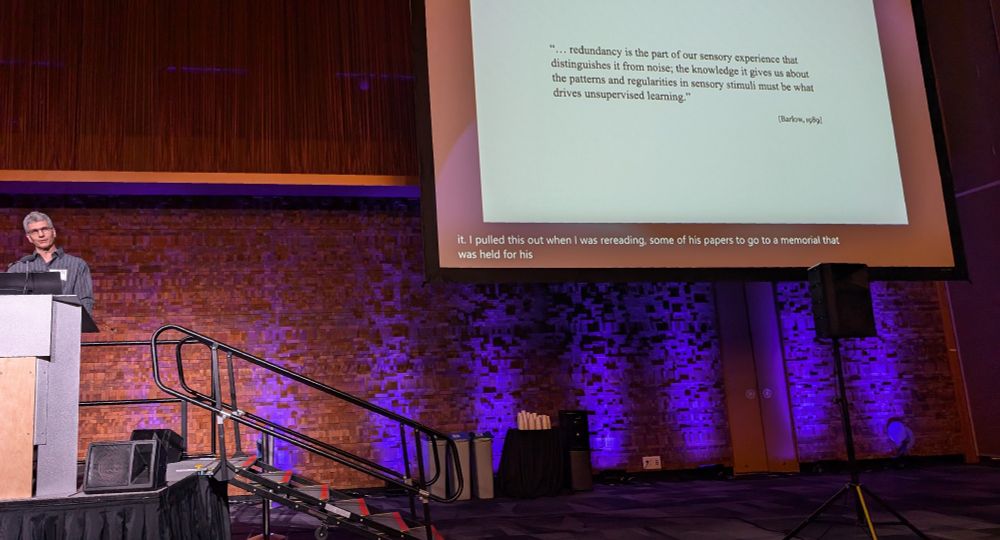Cédric Rommel
@ccrommel.bsky.social
160 followers
190 following
22 posts
Research Scientist at Meta | AI and neural interfaces | Interested in data augmentation, generative models, geometric DL, brain decoding, human pose, …
📍Paris, France 🔗 cedricrommel.github.io
Posts
Media
Videos
Starter Packs
Cédric Rommel
@ccrommel.bsky.social
· Mar 17
Reposted by Cédric Rommel
Cédric Rommel
@ccrommel.bsky.social
· Jan 29
Reposted by Cédric Rommel
Cédric Rommel
@ccrommel.bsky.social
· Dec 13
Cédric Rommel
@ccrommel.bsky.social
· Dec 4














